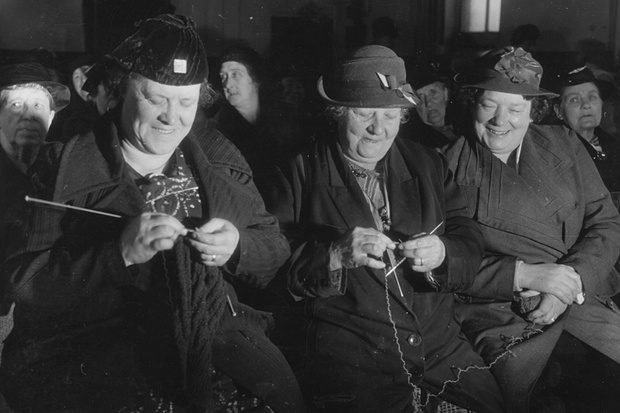3D knitting: A new dimension in weaving and spinning

First there was 3D Printing, Now 3D Knitting.
These are exciting times in the technology area. 3D Printers can now create artificial parts for the body as well as parts to fix your sons/daughters toys.
With this new technology, you can scan in the pattern, scan in the persons measurements and then let the machine do the work.
Custom made (sort of) and Custom Fit.
I just hope we don’t loose the old way of doing things.
When my son was born he had trouble breathing and went into intensive care. On visiting him, I found him in an incubator wearing a small purple cap. The hat was doing more than keeping his little bald head warm; the colour and the wool were a material link to the world of our everyday lives. The hat had been made by a legion of grannies who volunteered to make them for every baby in intensive care, and so it became a proxy for the local community, who in days of old would have crowded round the cot at home wishing for the baby to pull through.
A simple knitted hat did all this. It is this complex set of technical, social and cultural roles that make fabric one the best-loved materials human beings have ever invented. It is washable, fully repairable, and, although it is more than 8,000 years old, it is still one of our most innovative technologies.
3D knitting takes a digital design and turns it into a piece of clothing. In its simplest form, you download a pattern from the internet and size it digitally to fit the person it is intended for. You then feed the machine with the yarn and let it get on with its job.
What is different this time is that the digital interface is much more sophisticated and 3D scanning, to obtain the individual size and shape of a person, is an established and cheap technology. The time seems right for bespoke clothing, tailored for individuals but made by machines, and UK companies such as Knyttan are already offering this product.The significance of this is not just about cost; by building their own machines, users can modify them to knit potentially anything, such as high-strength fibres, light-emitting materials, sensors and electronics. Such technical textiles, as they are called, are on the increase in medicine, architecture, and sports.
Textiles are also big in space. I once visited the laboratory of the team that designed the first clothing ever worn on another planet. They were the only ones in Nasa who didn’t burst into spontaneous applause when Neil Armstrong stepped on to the moon in 1969. Instead they held their breath: would the best fabrics they could come up with withstand the atmosphere of an alien world? No one knew.
Despite all this engineering, what makes fabric really special, is that it doesn’t seem hi-tech at all. It speaks an emotional and sensual language that we all respond to and inspires love and even obsession. My son agrees: he has very strong opinions about the clothes he wears, and yes, his favourite colour is purple.
Thanks to The Guardian for this Article.







